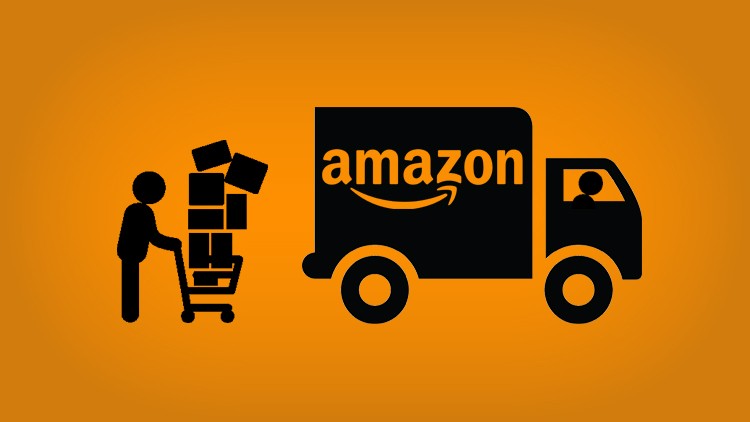Today, with significant competition in the job market, it is becoming challenging to determine and recruit the right talent for the organization. Organisations are facing so many talent acquisition challenges that negatively affect their growth. This article reviews commonly encountered recruitment process barriers, alongside practical approaches toward overcoming these, focussing on utilisation of modern HR tech stacks to accelerate and optimise talent acquisition efforts.
Understanding Talent Acquisition Challenges
One of the major talent acquisition challenges is skill gaps within an organization. Skills involved in any industry change rapidly along with the industries themselves. HR professionals have to be a step ahead of these changes to ensure that they are finding the best candidate with the required skills for a role.
Companies must regularly assess the existing workforce for specific skills, scan industry trends and emerging technologies, and work with department heads to identify future needs in respect of skills. By maintaining a clear picture of skill gaps, recruiters can hence tailor strategies in hiring talent apt at filling such gaps.

Competing for Top Talent
In a candidate-driven market, the biggest problem companies face is getting quality applicants. It tends to get pretty competitive between companies trying to get their hands on the best talent out there, especially in specialised disciplines or leadership roles.
To cut through the noise, organisations can focus on building a strong employer brand: one that speaks to company culture and values, competitive compensation packages and unique benefits, and opportunities for growth and professional development programs. In this regard, organisations can better position themselves in the marketplace as employers of choice and attract suitable candidates.
Improvement of Candidate Experience
Good candidate experience is also a factor that determines successful talent acquisition. Bad communication, an elongated process of application, or no feedback at all might push away qualified candidates from pursuing the opportunity to come to your organisation.
The application process should be made easy by user-friendly HR tech stack solutions, and the communication during every stage of hiring should be transparent and standard. Communication with reasons should also be positive to all applicants.
Applicant Tracking Systems (ATS)
An effective HR tech stack is a necessary requirement to overcome most talent acquisition challenges. This stack usually contains at its centre an Applicant Tracking System (ATS). It supports managing and organising candidate information, streamlining communication, and tracking applicants at various stages within the hiring process.
Advantages of an ATS include centralisation of a candidate database for easy access and management, automated screening of resumes for saving time, and de-biassing. In addition, integration into job boards and career sites makes the reach wider. Using an ATS enables recruiters to spend more time cultivating relationships and speaking with those candidates and less time on clerical work.
Leverage AI and ML
AI and ML-based technologies have absolutely revolutionised the talent acquisition process. The former has the capability to help filter out potential candidates and predict job performance, as well as reduce biases at the hiring stages.
Organisations can further integrate AI and ML in the talent acquisition process by using chatbots for screening and scheduling candidates, predictive analytics to source top-performing candidates, and natural language processing when it comes to job descriptions to attract diverse talent. In doing so, organisations will be able to make data-informed decisions, as well as improve the quality of hires overall.
Improving Recruitment Marketing
A solid hr tech stack always includes recruitment marketing solutions. Recruitment marketing solutions help a firm make communication with potential candidates through various relevant channels easy, thereby accumulating a pipeline of future talent.
Some well-planned recruitment marketing strategies are developing targeted content for the candidate personas, using social media to describe company culture, and sending out email campaigns to nurture a passive pipeline. In choosing a marketing approach to talent acquisition, companies can build a robust employer brand that will attract candidates aligned to the values and objectives of the organisation.
Developing Talent Pipelines
To move ahead, organisations should look for talent sources beyond the conventional ones, thus broadening their pool of talent. This one considers applicants who came from different backgrounds, industries, and geographical locations.
Companies can expand their talent pool through a remote work policy to tap into international talent, collaborations with schools to create pipelines of talent, or looking at transferable skills from other industries. All these strategies work to put together a broader net, so the chances of finding the right fit for the open position are increased.
Focus on Soft Skills and Cultural Fit
While the technical skills form the hard core, soft skills, together with cultural fit, are definitely of equal importance in the long term, and talent acquisition challenges frequently occur at a time when organisations forget to look beyond these while only focussing on the hard skills.
Applying Continuous Learning and Development
Companies should foster lifelong learning through providing mentors and cross-department trainings, online learning portals, and certifications. A clear career track aligned with the company’s goals should also be offered to the employee. Companies should be able to spend their money on staff development, which helps them achieve a reputation for being good places to work and develop their professions.
Diversity and Inclusion
Diversities and inclusions are no longer buzzwords but an integral part of a talent acquisition strategy for companies to be successful. Organisations that implement diverse hiring tend to see improvements in innovation and creativity, not to mention general performance.
Conclusion
The problems that arise in the process of talent acquisition are tricky and constantly evolving, but not insurmountable. By identifying these challenges and then implementing strategic solutions, organisations will be able to diagnose and mend flawed hiring processes.
Implementing these tactics and remaining agile in a dynamic marketplace can help organisations construct solid, talented teams that will spur high-performing success and innovation. Critical to talent acquisition is remembering that an effective talent-acquisition process is a dynamic activity and needs constant adaptation and fine-tuning. With the right mindsets and tools, companies can turn challenges and problems in talent acquisition into opportunities for growth and constant improvement.







